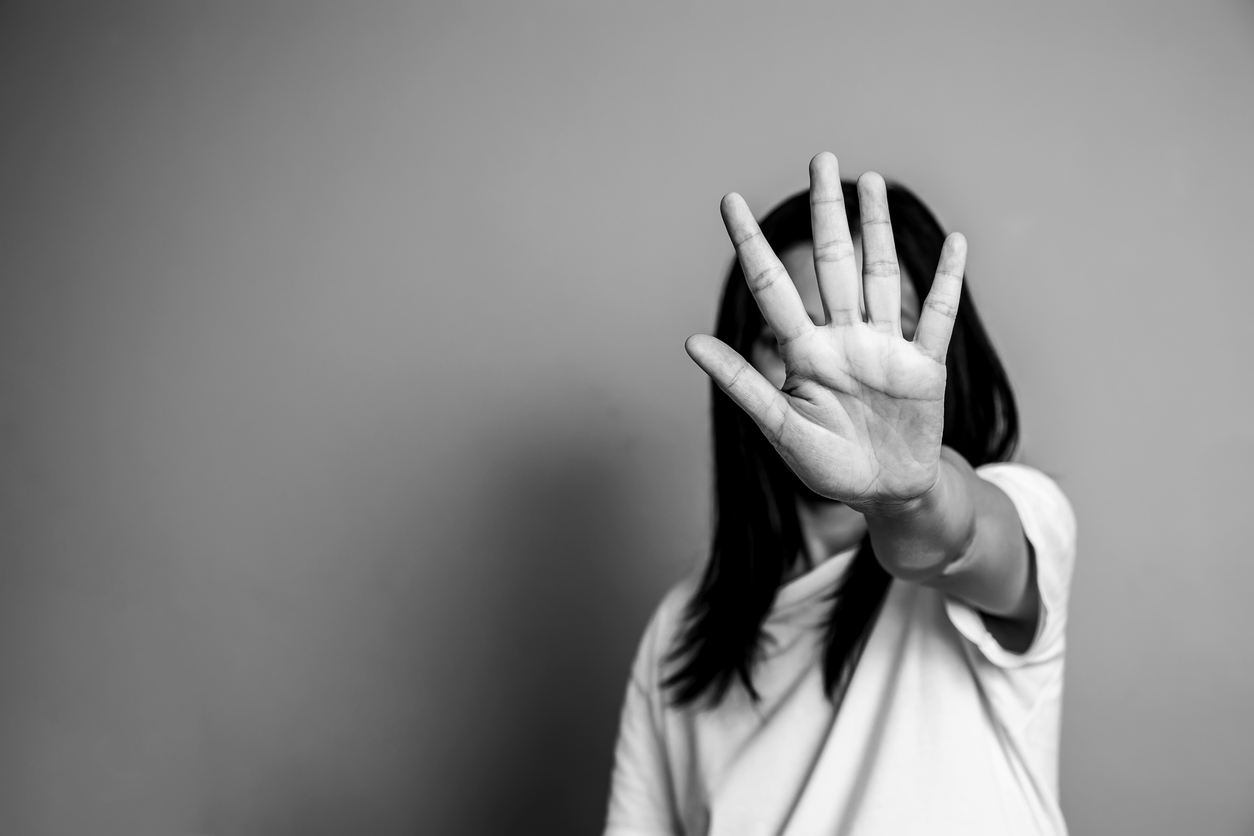Not OK. Broken. Traumatized. Worried for their parents, their children, themselves. Angry. Overwhelmed with grief. Hopeless. Vacillating between wanting to be defiant, and just wanting to be safe.
These sentiments and more are what I’m hearing from my fellow Asian friends and colleagues. And at times, from myself.
As a Japanese-Filipina immigrant to this country, the recent and escalating violence against Asians hits home, hard. While we are not strangers to dealing with ugly discrimination, there is a new and faceless danger to daily life, on top of what everyone is already struggling with.
Since the start of the pandemic, the Asian-American community has faced racist violence at a much higher rate than previous years – with 6,603 incidents received by the Stop AAPI Hate from March 19, 2020 to March 31, 2021.
We continue to have an “othering” problem in our society. While this has existed for centuries, we must refuse to accept it as part of the human condition. Because the more we otherize people of color, of different abilities, gender identifications, sexual orientations and so forth…the more we systematically dehumanize each other, and frankly, ourselves.
The murders in Atlanta stir up all kinds of trauma particularly for Asian women during what should have been a celebration of Women’s History Month. The gaslighting that it wasn’t really a hate crime, but just a “fed up” guy who “had a really bad day” is particularly painful. This misogynistic rhetoric ignores that sexually fetishizing and objectifying Asian women is a common form of violence against us.
And currently in May, which happens to be Asian/Pacific American Heritage Month, two elderly Asian women were stabbed in San Francisco, two Asian sisters were beaten with a cinder block in Baltimore, and two Asian women were attacked with a hammer in New York. An Asian man who was assaulted crossing the street with his one-year old baby in a stroller, wished that his attacker “can be in a place where he can’t harm anyone else, or if he needs help, that he can get the help that he needs.”
Ironically, May is also Mental Health Awareness month. As I sort through all of these emotions and unbearable events, the topic of women’s resilience is a complex one for me to get my head around. Yes, we draw on resilience to make it through insufferable times, in order to survive them. Because when sheer survival is the goal, that part of resilience is absolutely essential. But focusing on un-nuanced, individualized resilience as an enviable “skill” without fully understanding its components is misguided; and to elevate it to an admirable leadership trait is downright dangerous.
Prolonged resilience is emotionally, mentally and physically draining. It can lead to acceptance and complicity, instead of the positive change that the situation desperately requires. The cost to ourselves and to our society is too great. And sometimes, deadly.
The part of resilience we tend to glorify is the inner strength, grit and tenacity to get through stuff; that somehow it’s a solo sport. As so beautifully argued by Michael Ungar Canada Research Chair in Child, Family and Community Resilience, we are giving people the wrong message. Resilience as a DIY endeavor fails, he writes, “…because the stresses that put our lives in jeopardy in the first place remain in the world.” So what ends up happening is we draw upon our resilience in order to adapt or conform to inherently stressful, toxic or perilous situations – that are wrong to begin with.
Annelise Griffin recently wrote a powerful article that likened the act of being resilient to the instinctive drowning response. People who are drowning, literally or emotionally, don’t flail about; instead, they’re quietly trying to push the water down in order to survive.
We should not continually force ourselves to act OK when we and the situation are not. Prolonged resilience is emotionally, mentally and physically draining. It can lead to acceptance and complicity, instead of the positive change that the situation desperately requires. The cost to ourselves and to our society is too great. And sometimes, deadly.
The part of resilience to celebrate and glorify therefore, is not what we as Asians, as women, or any other minorities have had to swallow, but rather – what we refuse to tolerate and how we go about creating lasting change. Let us focus on the part of resilience that is about the support systems that are so vital in the removal or recovery from the toxic situation, that lead to change.
Just as I so beautifully learned from Emily & Amelia Nagoski that “the cure for burnout isn’t and can’t be self-care. It has to be all of us caring for each other;” the same is true for resilience. The cure for toxicity, hatred and violence isn’t hunkering down on your own and getting through it. It has to be about all of us helping each other change the situation, recover and overcome.
As an Asian woman, I have nothing but heartfelt gratitude to the people who lent us their voice when we lost ours. Who walked alongside us or our parents when it was unsafe to go it alone. Who gave us a call when we thought no one cared. Who reported a hate crime to Stop AAPI Hate or Stand Against Hatred. Who stopped using racist language to describe COVID-19. Who supported a local Asian-owned business.
This is the kind of resilience that so many of us need, right now.


